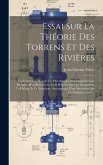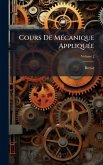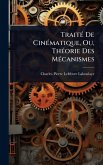Mémoire Sur La Recherche Des Moyens Que L'on Pourroit Employer Pour Construire De Grandes Arches De Pierre... by Jean-Rodolphe Perronet delves into the methods for constructing large stone arches spanning two hundred to five hundred feet. This historical text, written in French, explores the engineering principles and practical considerations involved in building such ambitious structures. Perronet's work offers insights into 18th-century construction techniques and the challenges of bridging deep valleys with durable, monumental arches. This treatise is invaluable for students and scholars of civil engineering, architectural history, and French technological innovation. It provides a detailed look at the planning and execution of large-scale construction projects during the Enlightenment era, demonstrating the ingenuity and expertise required to realize these architectural marvels. This work has been selected by scholars as being culturally important, and is part of the knowledge base of civilization as we know it. This work was reproduced from the original artifact, and remains as true to the original work as possible. Therefore, you will see the original copyright references, library stamps (as most of these works have been housed in our most important libraries around the world), and other notations in the work. This work is in the public domain in the United States of America, and possibly other nations. Within the United States, you may freely copy and distribute this work, as no entity (individual or corporate) has a copyright on the body of the work. As a reproduction of a historical artifact, this work may contain missing or blurred pages, poor pictures, errant marks, etc. Scholars believe, and we concur, that this work is important enough to be preserved, reproduced, and made generally available to the public. We appreciate your support of the preservation process, and thank you for being an important part of keeping this knowledge alive and relevant.
Bitte wählen Sie Ihr Anliegen aus.
Rechnungen
Retourenschein anfordern
Bestellstatus
Storno








